Opioids; clinician versus patient expectations | TopMedTalk

Opiods and clinician versus patient expectations. This conversation covers all the key areas; how to reduce opioid use, where ketamine might fit into the picture, the importance of the haemodynamic response and how to lead an opioid reduced response. Here Monty Mythen speaks with Michael Vagg, Immediate past Dean of the Faculty of pain medicine for the Australian and New Zealand College of Anaesthetists (ANZCA), Chair of the Procedures and Payments Committee, Director of Professional Affairs and a Pain Medicine Specialist in Geelong and Malcolm Hogg, staff specialist, anaesthesia and pain management at Melbourne Health. — This year TopMedTalk is proud to be providing exclusive coverage of the annual ANZCA conference, the professional body responsible for the specialties of anaesthesia and pain medicine in Australia and New Zealand. For more on ANZCA go here: https://www.anzca.edu.au/ And join in the conversation by checking out their socials here: instagram.com/the_anzca/ https://facebook.com/ANZCA1992 https://youtube.com/AnzcaEduAu
REVIVEme – opioid overdose and naloxone | TopMedTalk at the ASA
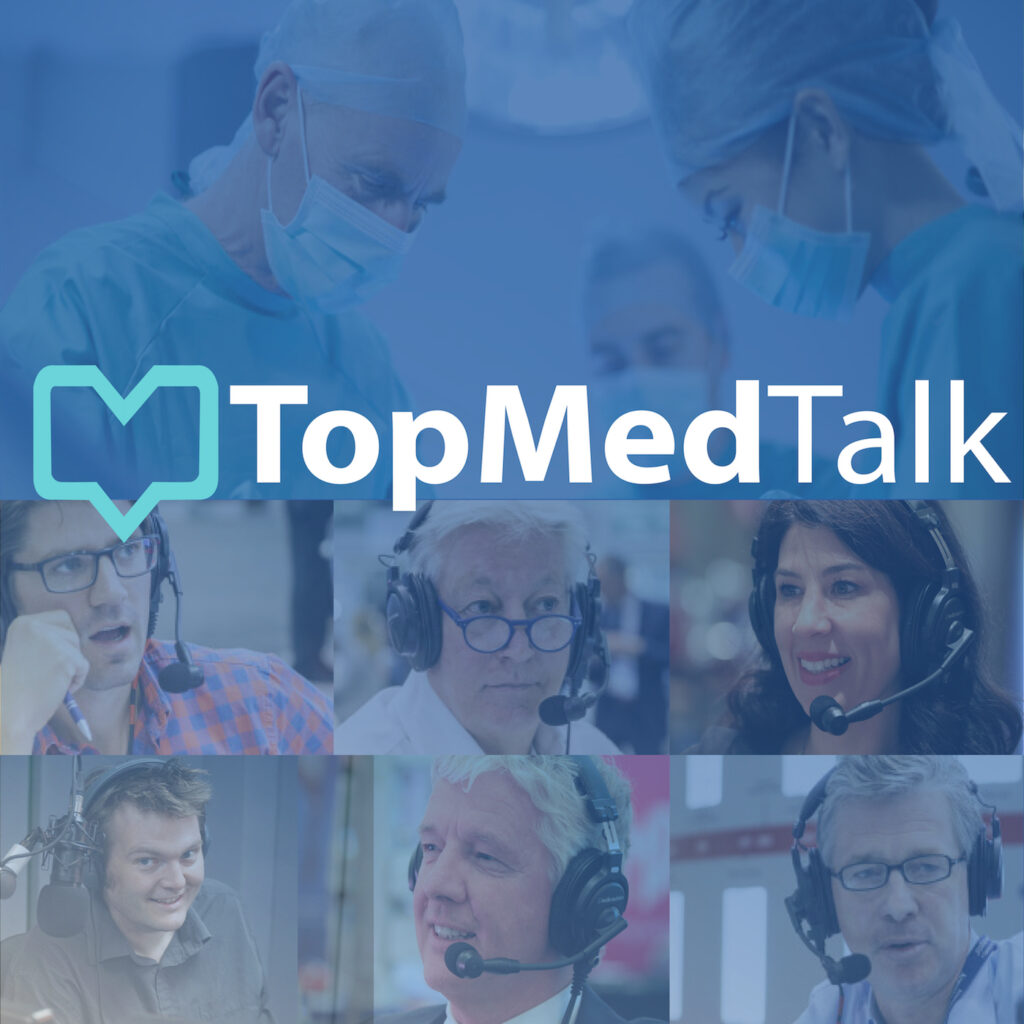
Welcome to TopMedTalk’s exclusive – as live – coverage of The American Society of Anesthesiologists (ASA) annual general meeting; join Desiree Chappell, TopMedTalk’s lead presenter, Monty Mythen TopMedTalk’s Editor in Chief and Sol Aronson, tenured Professor, Duke University speak with their guest Bonnie Milas, Cardiac anesthesiologist, University of Pennsylvania. More info here: https://www.asahq.org/advocating-for-you/reviveme
Panel discussion – Prediction of Opioid Induced Respiratory Depression: Does surveillance monitoring help? | EBPOM 2020
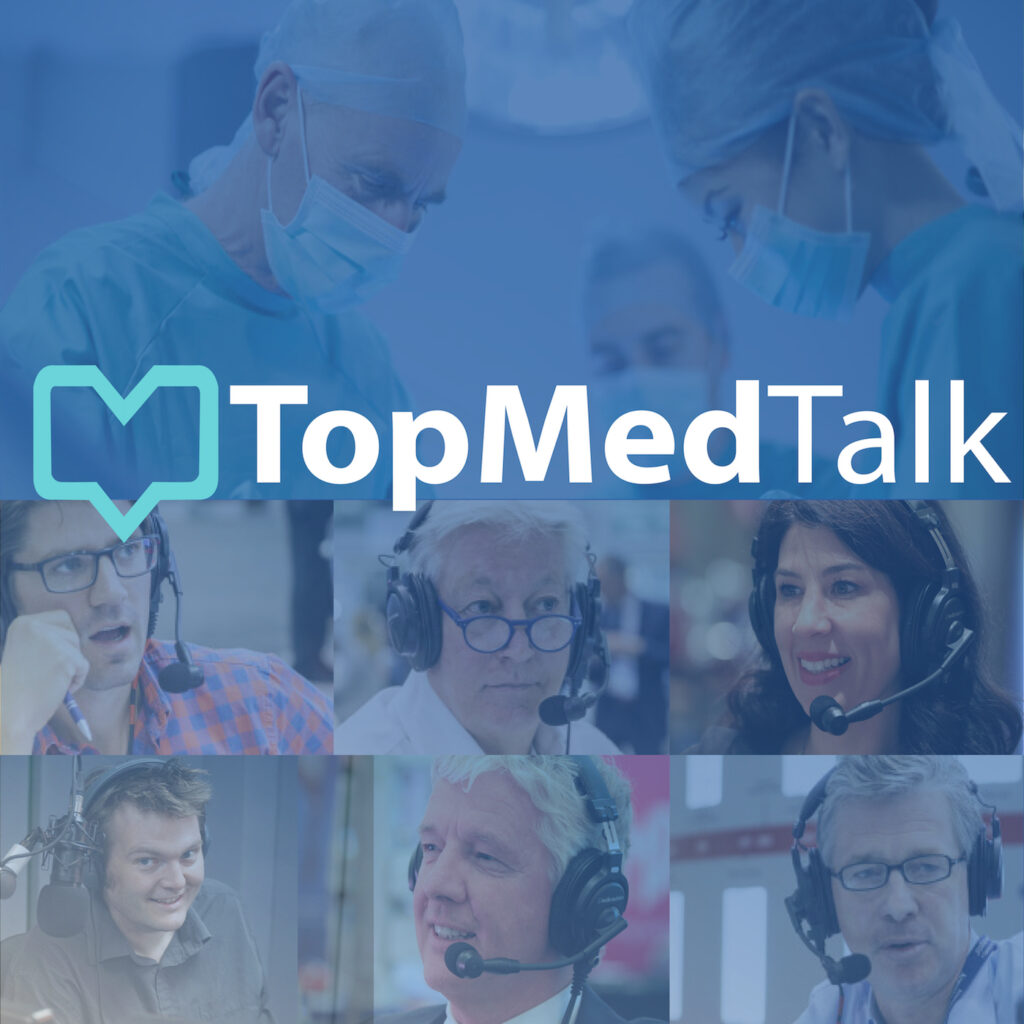
This piece is a listener generated question and answer session from EBPOM 2020. Although it works as a stand alone piece it relates directly to this talk here: https://www.topmedtalk.com/ebpom-2020-london-prediction-of-opioid-induced-respiratory-depression-on-the-general-care-floor-does-surveillance-monitoring-help/ Some of the questions considered include: How much do you think partial / inadequate neuromuscular blockade reversal, contributes to post pulmonary complications, perhaps in combination with opioids? Why as a group would we prefer to save money by avoiding sugammadex to reverse rocuronium to ensure complete reversal? Lack of reversal more than an issue? If you did a pre op sleep study on these patients, would you not find similar frequencies of desaturation? Is it just monitoring sleep? Should all wards have the capability for continuous monitoring? Presented by Monty Mythen and Desiree Chappell with their guests, Ashish Khanna, Associate Professor, Section Head for Research, Department of Anesthesiology, Section on Critical Care Medicine,Wake Forest School of Medicine, Frank Overdyk, Professor of Anaesthesiology, Charleston, South Carolina, Leif Saager, Executive Vice Chair of the Department of anesthesiology in Germany at the University of Nottingham. There’s more from Frank Overdyk here: https://www.topmedtalk.com/11813-2/
Prediction of Opioid Induced Respiratory Depression on the General Care Floor: Does surveillance monitoring help? | EBPOM 2020 London
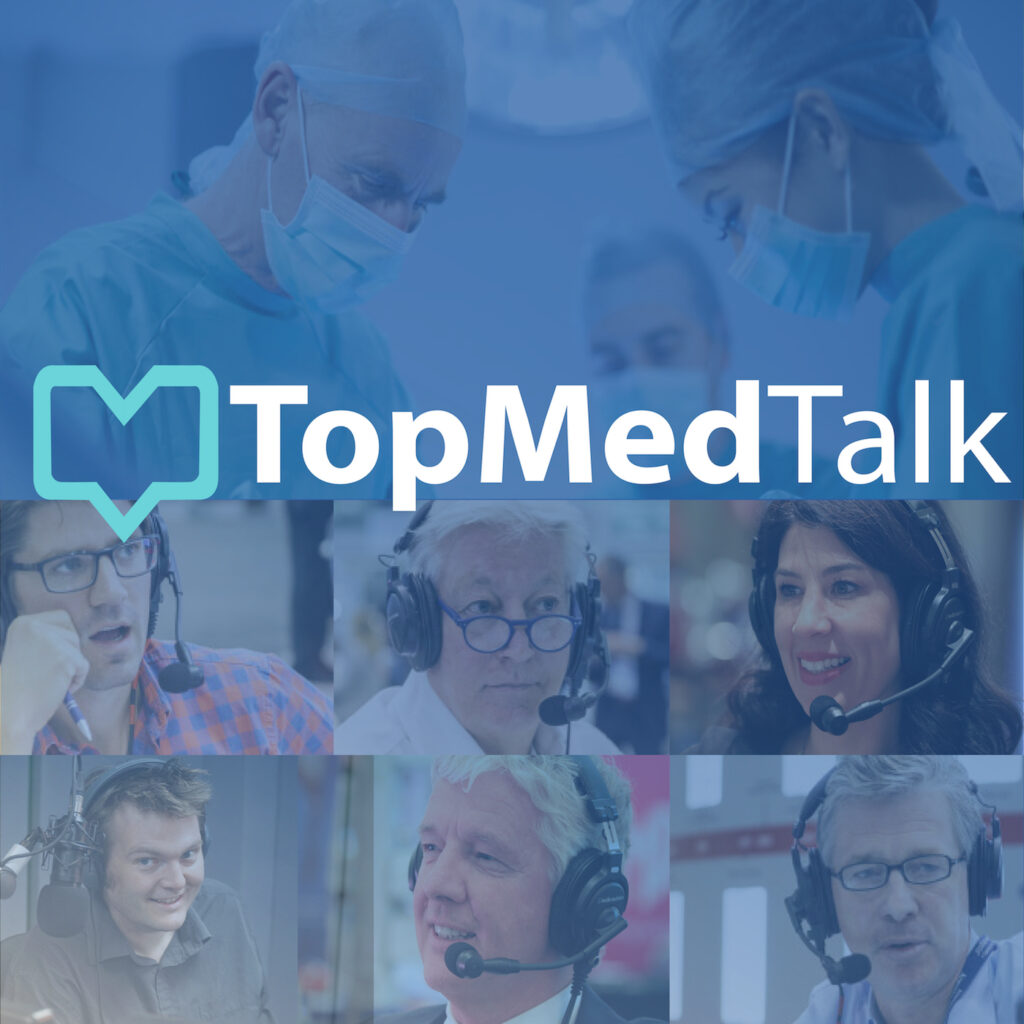
This piece deals with the prediction of opioid induced respiratory depression for our inpatients on hospital wards, could a change in monitoring practices help? The postoperative period seems to be critical, the thirty day period immediately after anesthesia being a key area. 7.7% of postoperative deaths are in this period, according to The Lancet here; https://www.thelancet.com/journals/lancet/article/PIIS0140-6736(18)33139-8/fulltext What is happening in the post operative period? How do we find out more? Are hospital general care wards the safe haven we expect them to be? What should we monitor and how do we avoid “alarm fatigue”? More on the “PRediction of Opioid-induced Respiratory Depression In Patients Monitored by capnoGraphY (PRODIGY)” trial here: https://clinicaltrials.gov/ct2/show/NCT02811302 The official STOP BANG score website is here: http://www.stopbang.ca/osa/screening.php This piece was sponsored by Medtronic. This is part 1 of a two part piece. Presented by Monty Mythen with Desiree Chappell and Ashish Khanna, Associate Professor, Section Head for Research, Department of Anesthesiology, Section on Critical Care Medicine,Wake Forest School of Medicine. If you loved this piece you’ll also enjoy this piece here: Desiree’s Roundtable | Can you bite your upper lip? Assessing patients to reduce post-op respiratory complications http://www.topmedtalk.com/desirees-roundtable-can-you-bite-your-upper-lip-assessing-patients-to-reduce-post-op-respiratory-complications-2/
Methadone, ‘the opioid sparing opioid’ | EBPOM Chicago
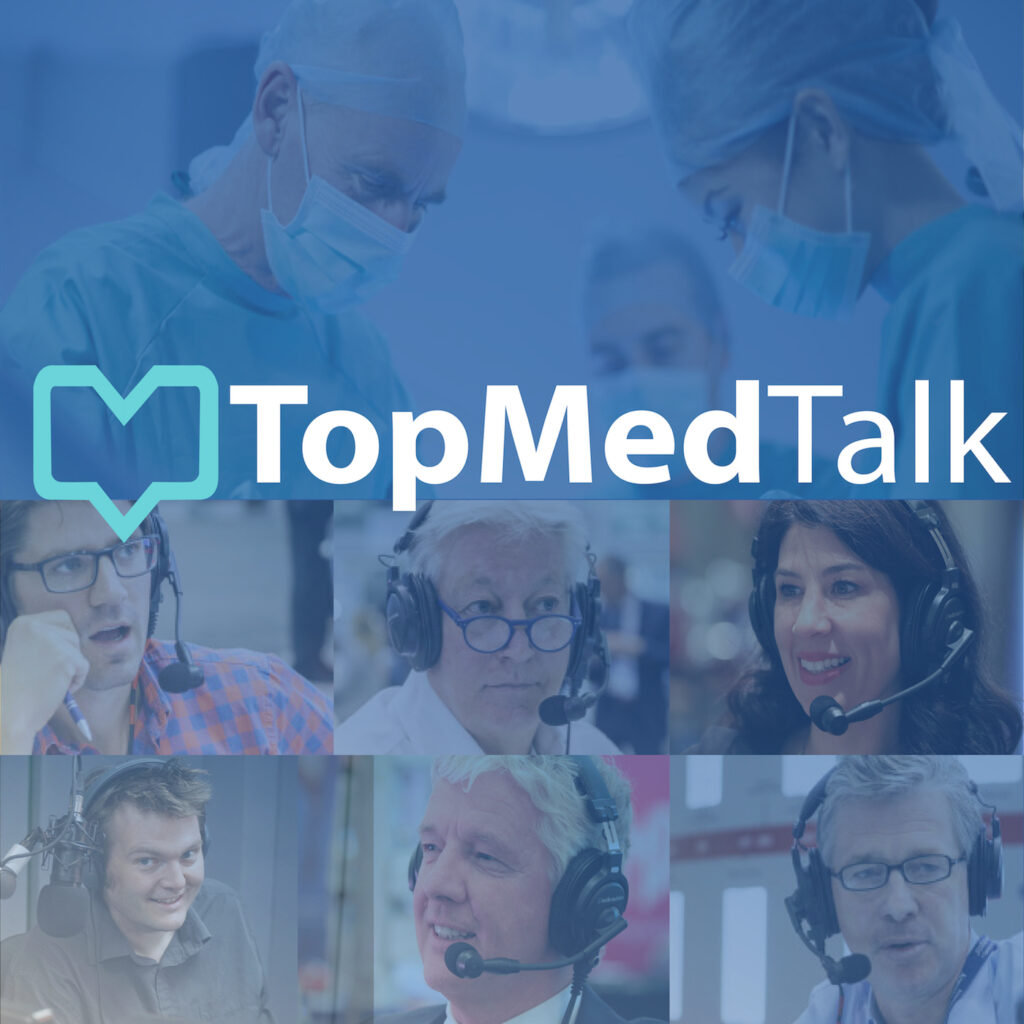
“There is some great literature out there that has been shared … great data, especially in cardiac surgery, which is where we are using it and I would like to expand it out to other service lines as well…” Methadone has had something of a resurgence recently, thanks in part to the work of some of our contributors in this piece. Could it be that this “opioid sparing opioid” could be a way to actually help fight the crisis we can see in US hospitals and beyond? This piece gets into the detail, how and where and why is it used? Presented by Sol Aronson with questions from the online audience for his panelists; Glenn Murphy, Jeffery S. Vender Chair of Anesthesiology Research and Education and Director of Cardiac Anesthesia and Clinical Research at NorthShore University HealthSystem, a hospital affiliated with the University of Chicago Pritzker School of Medicine, Evan Kharasch, Professor and Vice Chair for Innovation in the Department of Anesthesiology at Duke University, and Director of Academic Entrepreneurship in Duke University School of Medicine and Vicki Morton Director of Clinical and Quality Outcomes at Providence Anesthesiology Associates, P.A. We suggest listening to this piece alongside this excellent talk: https://www.topmedtalk.com/ebpom-chicago-methadone-use-in-perioperative-medicine/ This piece was originally part of EBPOM Chicago and is presented for the first time here exclusively to TopMedTalk listeners. For more details on Evidence Based Perioperative Medicine go now to www.ebpom.org
Opioid-induced Respiratory Depression | EBPOM Las Vegas 2021

“46% pretty much means every other patient who was getting IV opioids was having some sort of a respiratory depression event” After a quick round up of COVID news in the contributor’s respective areas this piece gets involved in a much needed discussion about the “PRediction of Opioid-induced Respiratory Depression In Patients Monitored by capnoGraphY (PRODIGY)” trial. PRODIGY trial is here: https://clinicaltrials.gov/ct2/show/NCT02811302 Presented by Desiree Chappell and Monty Mythen with Mike Grocott, and their guests Ashish Khanna, Associate Professor, Section Head for Research, Department of Anesthesiology, Section on Critical Care Medicine, Wake Forest School of Medicine and Roop Kaw, Associate Professor of Medicine at Cleveland Clinic, Founder Member of The Society of Anesthesia and Sleep Medicine. As mentioned TopMedTalk have been eagerly following the development of this research, you might also enjoy this piece we did here: https://www.topmedtalk.com/ebpom-2020-london-prediction-of-opioid-induced-respiratory-depression-on-the-general-care-floor-does-surveillance-monitoring-help/ More discussion regarding risk factors for opioid-induced respiratory depression in surgical patients here: https://www.topmedtalk.com/topmedtalks-to-paul-grant-2/
EBPOM Las Vegas 2021 | Opioid-induced Respiratory Depression
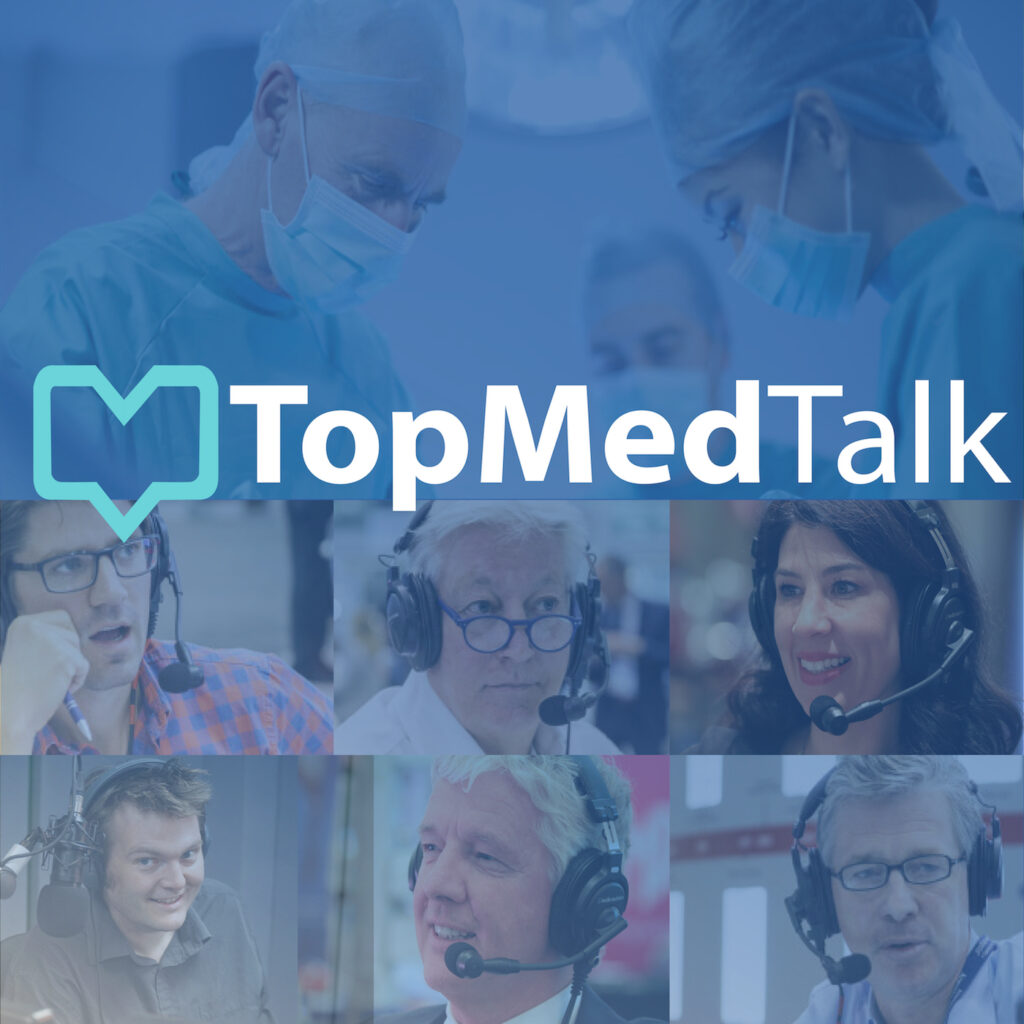
“46% pretty much means every other patient who was getting IV opioids was having some sort of a respiratory depression event” After a quick round up of COVID news in the contributor’s respective areas this piece gets involved in a much needed discussion about the “PRediction of Opioid-induced Respiratory Depression In Patients Monitored by capnoGraphY (PRODIGY)” trial. PRODIGY trial is here: https://clinicaltrials.gov/ct2/show/NCT02811302 Presented by Desiree Chappell and Monty Mythen with Mike Grocott, and their guests Ashish Khanna, Associate Professor, Section Head for Research, Department of Anesthesiology, Section on Critical Care Medicine, Wake Forest School of Medicine and Roop Kaw, Associate Professor of Medicine at Cleveland Clinic, Founder Member of The Society of Anesthesia and Sleep Medicine. As mentioned TopMedTalk have been eagerly following the development of this research, you might also enjoy this piece we did here: https://www.topmedtalk.com/ebpom-2020-london-prediction-of-opioid-induced-respiratory-depression-on-the-general-care-floor-does-surveillance-monitoring-help/ More discussion regarding risk factors for opioid-induced respiratory depression in surgical patients here: https://www.topmedtalk.com/topmedtalks-to-paul-grant-2/
AANA | Tackling the pain of the opioid crisis
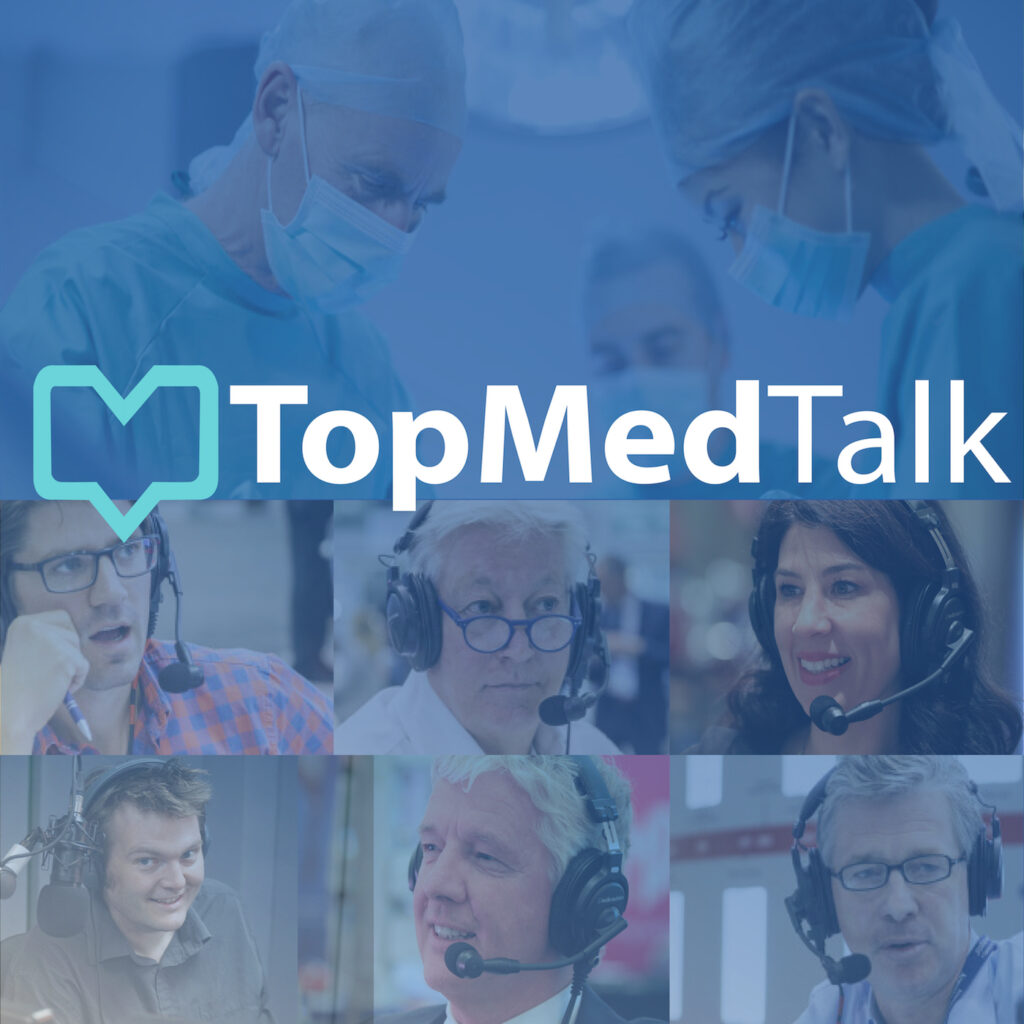
The opioid crisis “a unique American problem”. This piece uncovers the origin of some of the misinformation about opioids, the consequences of calling pain a “fifth vital sign” and the absurd practice of waking patients up in the middle of the night to ask them if they are in any pain. As these factors combined fatalities started to spiral into the crisis we see today. Recent statistics make for grim reading, in 2017 it was estimated over 47,000 Americans died from an opioid overdose. However action is now being taken; learn how The American Association of Nurse Anesthetists (AANA) has pushed forward with a sensible, responsible, pain management strategy which tackles the crisis head on. Opioids are a last resort, many cases do not need them at all and a 30 day prescription to a highly addictive substance is something practitioners should never take lightly. Furthermore ensure patients are well informed, not ‘opioid naive’ and ideally do not have a family history of opioid dependence. If you enjoyed this piece we have more on the topic here: https://www.topmedtalk.com/periop-coach-3-06-is-pain-the-fifth-vital-sign/ Also, if you’ve not yet heard Paul Wishmeyer’s powerful take on this topic we highly reccomend you go here: https://www.topmedtalk.com/treating-patients-properly-ebpom-usa/ The Center For Disease Control’s guidelines, mentioned in this piece, are here: https://www.cdc.gov/drugoverdose/prescribing/guideline.html The PDF our guest mentions “The PAIN MANAGEMENT BEST PRACTICES INTER-AGENCY TASK FORCE REPORT” is here: https://www.hhs.gov/sites/default/files/pain-mgmt-best-practices-draft-final-report-05062019.pdf This piece was part of our coverage of The AANA 2019 Annual Congress in Chicago, Illinois. Check out the AANA here: https://www.aana.com/ Presented by Monty Mythen and Desiree Chappell with their guest, Bruce Schoneboom, PhD, CRNA, FAAN, Associate Dean for Practice, Innovation and Leadership at Johns Hopkins School of Nursing.
AANA | Opioids: Pain, Euphoria, and a New Surgical Complication. Are Your Patients Safe?
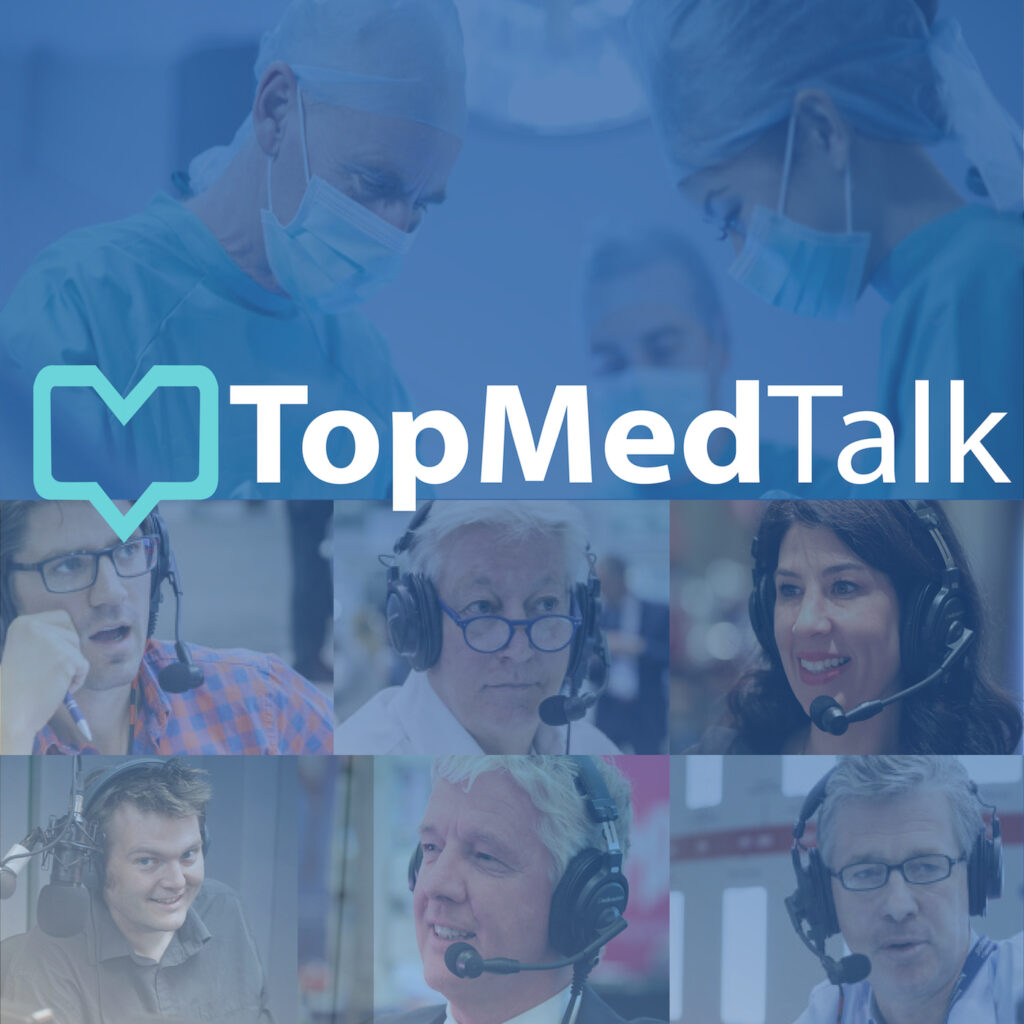
“4-10% of opioid naïve patients will continue to use opioids more than 90 days after surgery” Opioids are good for pain control but there’s another issue, they also numb emotional pain. How do we responsibly deal with this? It’s important to remember: “When you give patients high doses, you’re putting them at risk”. Long term listeners will recall TopMedTalk spent the best part of our launch year on this topic. If you’re one of our many new listeners please use this huge resource of podcasts to help update your practice and cut down unnecessary risk: https://www.topmedtalk.com/?s=opioid “We should be minimizing opioids every chance we can”, if you want to cut straight to our groundbreaking talk on opioid free anesthesia please go here: https://www.topmedtalk.com/ebpom-2019-opioid-free-anaesthesia-2/ Presented by Desiree Chappell and Monty Mythen with their guest Jennifer Lanzillotta-Rangeley, CRNA, PhD, Assistant Professor, College of Nursing, University of Cincinnati, Cincinnati, Ohio.
EBPOM 2020 London: Prediction of Opioid Induced Respiratory Depression on the General Care Floor: Does surveillance monitoring help?
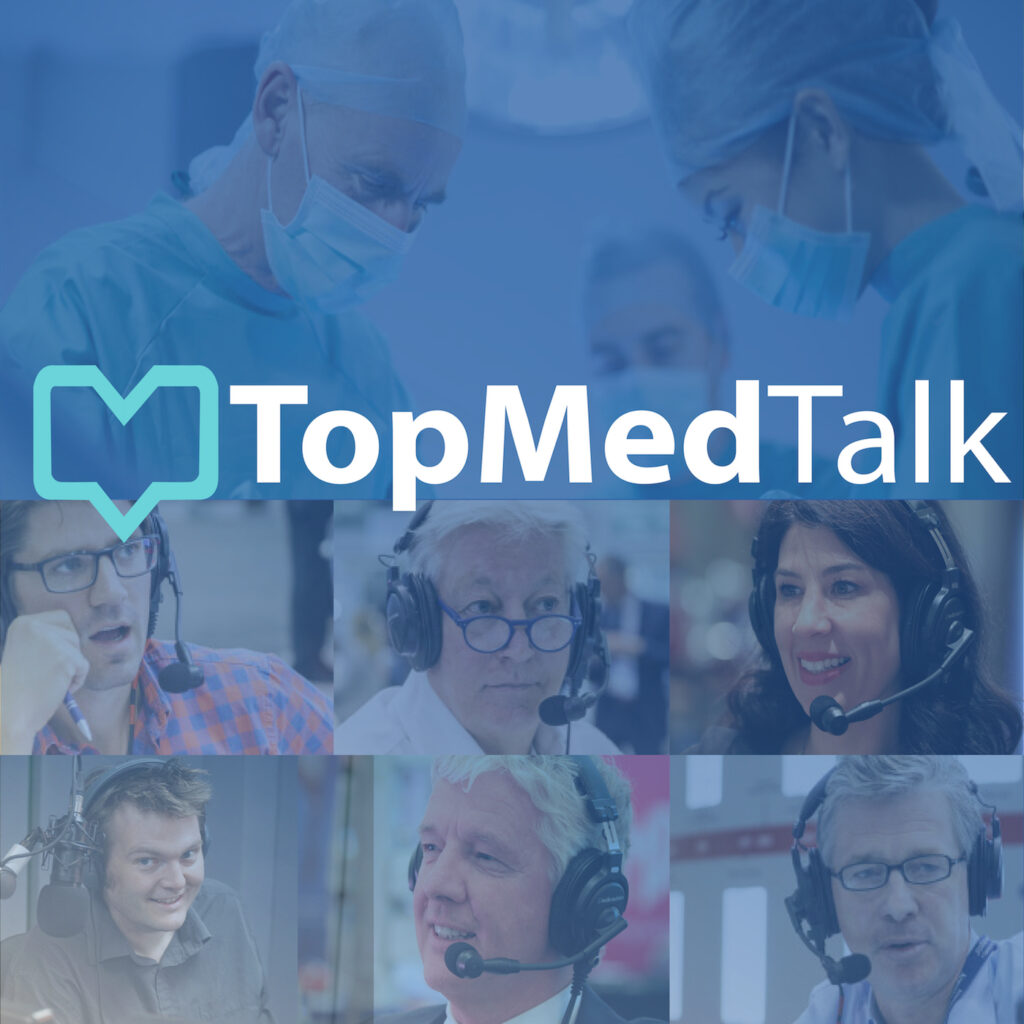
This piece deals with the prediction of opioid induced respiratory depression for our inpatients on hospital wards, could a change in monitoring practices help? The postoperative period seems to be critical, the thirty day period immediately after anesthesia being a key area. 7.7% of postoperative deaths are in this period, according to The Lancet here; https://www.thelancet.com/journals/lancet/article/PIIS0140-6736(18)33139-8/fulltext What is happening in the post operative period? How do we find out more? Are hospital general care wards the safe haven we expect them to be? What should we monitor and how do we avoid “alarm fatigue”? More on the “PRediction of Opioid-induced Respiratory Depression In Patients Monitored by capnoGraphY (PRODIGY)” trial here: https://clinicaltrials.gov/ct2/show/NCT02811302 The official STOP BANG score website is here: http://www.stopbang.ca/osa/screening.php This piece was sponsored by Medtronic. This is part 1 of a two part piece. Presented by Monty Mythen with Desiree Chappell and Ashish Khanna, Associate Professor, Section Head for Research, Department of Anesthesiology, Section on Critical Care Medicine,Wake Forest School of Medicine. If you loved this piece you’ll also enjoy this piece here: Desiree’s Roundtable | Can you bite your upper lip? Assessing patients to reduce post-op respiratory complications http://www.topmedtalk.com/desirees-roundtable-can-you-bite-your-upper-lip-assessing-patients-to-reduce-post-op-respiratory-complications-2/
